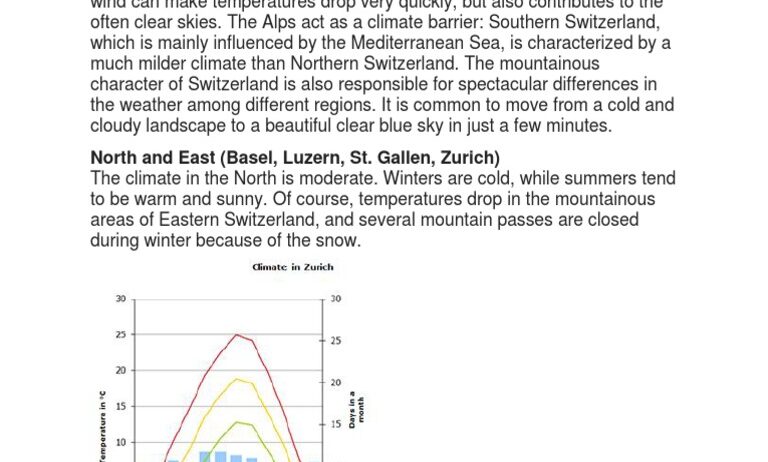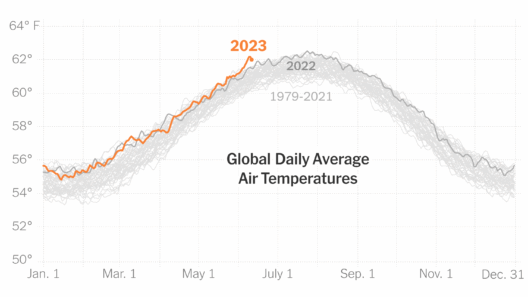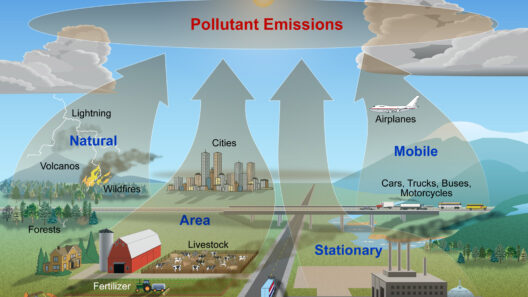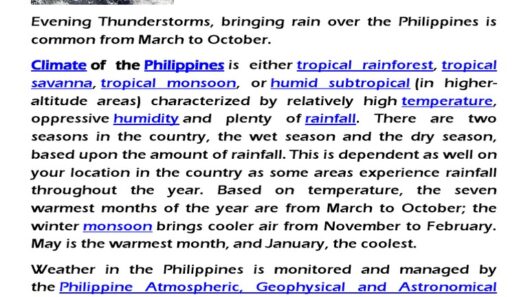Switzerland, a small yet ecologically diverse nation, is renowned for its breathtaking landscapes characterized by the majestic Alps. The climate of Switzerland is as multifaceted as its topography, influenced by its elevation, geographical positioning, and varying meteorological patterns. Understanding the nuances of Swiss climate—particularly the alpine weather and the interplay of mountain breezes—offers insight into not only the natural environment but also the socio-economic activities and lifestyle of its inhabitants.
Switzerland’s climate can broadly be categorized into three main zones: the lowlands, the plateau, and the alpine regions. The lowlands, which include areas near major cities like Zurich and Geneva, experience a temperate climate. Here, summers are warm and winters are moderately cold, creating an environment conducive to agriculture and urban development. In contrast, the Swiss plateau—an intermediate area between the lowlands and mountains—exhibits a distinct transitional climate marked by cooler temperatures and increased precipitation levels, particularly in the form of rain during summer months.
At higher altitudes, the climate shifts dramatically from the moderate conditions of the plateau. The alpine climate is characterized by significant variations in meteorological patterns. These zones experience longer and harsher winters, with heavy snowfall accumulating in the high elevation areas, while summers are often cool and relatively dry. This stark dichotomy between the seasons captivates both tourists and scholars alike, driving a deeper fascination with the intricate balance of ecological systems present in the Swiss Alps.
One of the intriguing observations regarding the climate of Switzerland is the phenomenon of microclimates within the alpine regions. Due to the rugged terrain, diverse elevations, and variances in slope orientation, microclimates can create significantly different weather conditions in close proximity. This leads to the ideal setting for various ecosystems; one can find expansive meadows brimming with wildflowers at a relatively low altitude, while just a few hundred meters up, dense conifer forests flourish, adapted to the cooler alpine conditions.
The interaction between temperature and altitude is critical in understanding alpine weather. As altitude increases, temperature generally decreases—approximately 0.6 degrees Celsius per 100 meters ascended. This gradient contributes to the formation of glaciers and the snow line, dramatically affecting local hydrology and biodiversity. The existence of glaciers in the Swiss Alps serves not only as a water reservoir but also has significant implications for local climate regulation.
Mountain breezes are another essential component of the Swiss climate system. These breezes originate from differential heating between the mountain slopes and the valleys. During daytime, the sun heats the mountain slopes faster than the surrounding valleys, resulting in a warming of the air closer to the ground on the mountains. The warm air then rises, creating an influx of cooler air from the valley floor, leading to a refreshing breeze. This dynamic is vital for maintaining comfortable summer temperatures in the alpine regions, where temperatures can fluctuate rapidly.
Additionally, the orographic lifting effect creates precipitation patterns unique to the region. As moist air ascends the mountain ranges, it cools adiabatically, leading to condensation and precipitation on the windward slopes. Conversely, the leeward side often experiences drier conditions, a phenomenon known as the rain shadow effect. This uneven distribution leads to lush vegetation on one side of the mountain while rendering the opposite side arid, highlighting the complexity of the region’s climate.
The Swiss climate does not exist in isolation; it responds dynamically to global phenomena such as climate change. The impacts of warming temperatures are already observable in the Swiss Alps, where glaciers are receding at an alarming rate, affecting hydrological cycles and biodiversity. Moreover, altered precipitation patterns threaten agricultural productivity in lower-lying regions, forcing adaptations in both farming practices and species management. These shifts deepen the fascination with the climate of Switzerland, as they starkly illustrate the delicate balance of natural systems.
Public initiatives and policies aimed at combating the impacts of climate change have emerged as essential responses within Switzerland. The Swiss government has taken proactive measures to reduce greenhouse gas emissions and promote sustainable practices. These efforts are bolstered by a strong national consciousness regarding environmental stewardship, underscoring a collective commitment to preserving the unique alpine climate and its myriad ecosystems.
The climate of Switzerland—complex and multifaceted—serves as a microcosm for understanding broader climatic concerns experienced globally. It captivates researchers, environmentalists, and tourists, providing a vivid tableau of nature’s intricacies. By preserving its alpine weather patterns and adjusting to the changing climate, Switzerland exemplifies a balanced approach to coexistence with nature. The dialogue surrounding the Swiss climate encourages a mindful reflection on the interdependencies between human activity, ecological stewardship, and the imperiled state of our planet’s climate systems.








